Grants
The Leakey Foundation is proud to announce the recipients of the 2020 Franklin Mosher Baldwin Memorial Fellowships.
Franklin Mosher Baldwin Memorial Fellowships are awarded to graduate students from countries where there are limited opportunities for advanced training and education in fields of research related to the study of human origins.
Many countries possess extraordinary resources in the field of prehistory but lack educational opportunities in the field of human origins research. By enabling bright young scholars to obtain graduate education, The Leakey Foundation is helping to equip these individuals to assume a leadership role in the future of paleoanthropology and primatology.
The Baldwin Fellowship program was established in 1978, and since then, many Baldwin Fellows such as Berhane Asfaw, Job Kibii, Mzalendo Kibunjia, Jackson Njau, Agazi Negash, Emma Mbua, and Fredrick Manthi (to name only a few) have gone on to have distinguished careers.
New Baldwin Fellows
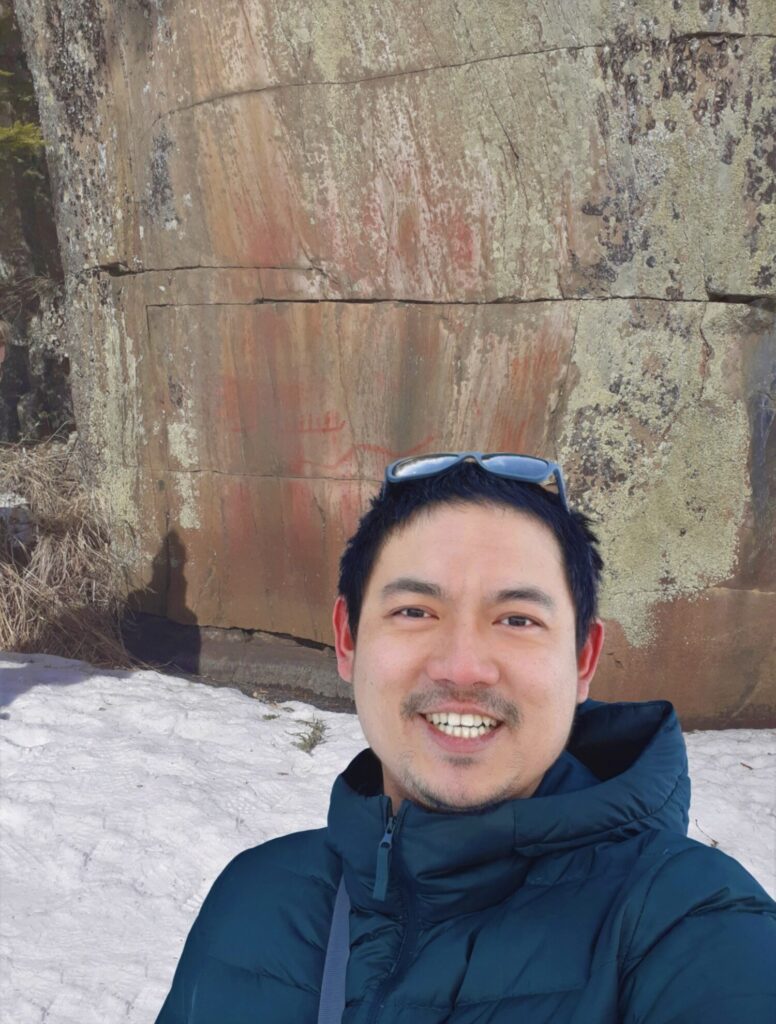
Nico Alamsyah – Indonesia
Mr. Alamsyah is currently on leave as a research archaeologist at the Indonesian National Research Centre of Archaeology while pursuing a master’s degree. Building on his work at Liang Bua, he intends to learn the techniques of zooarchaeological analysis in order to study the 270,000+ faunal specimens from this site to elucidate the paleoecology of Homo floresiensis. As well, he will learn stable isotope analysis techniques to be able to reconstruct the diets of this faunal assemblage. Upon completion of his studies, he will return to his permanent position at the National Research Centre where he plans to establish a dedicated zooarchaeological laboratory. In conjunction with the University of Indonesia, he also intends to seek government funding to build a stable isotope facility there.
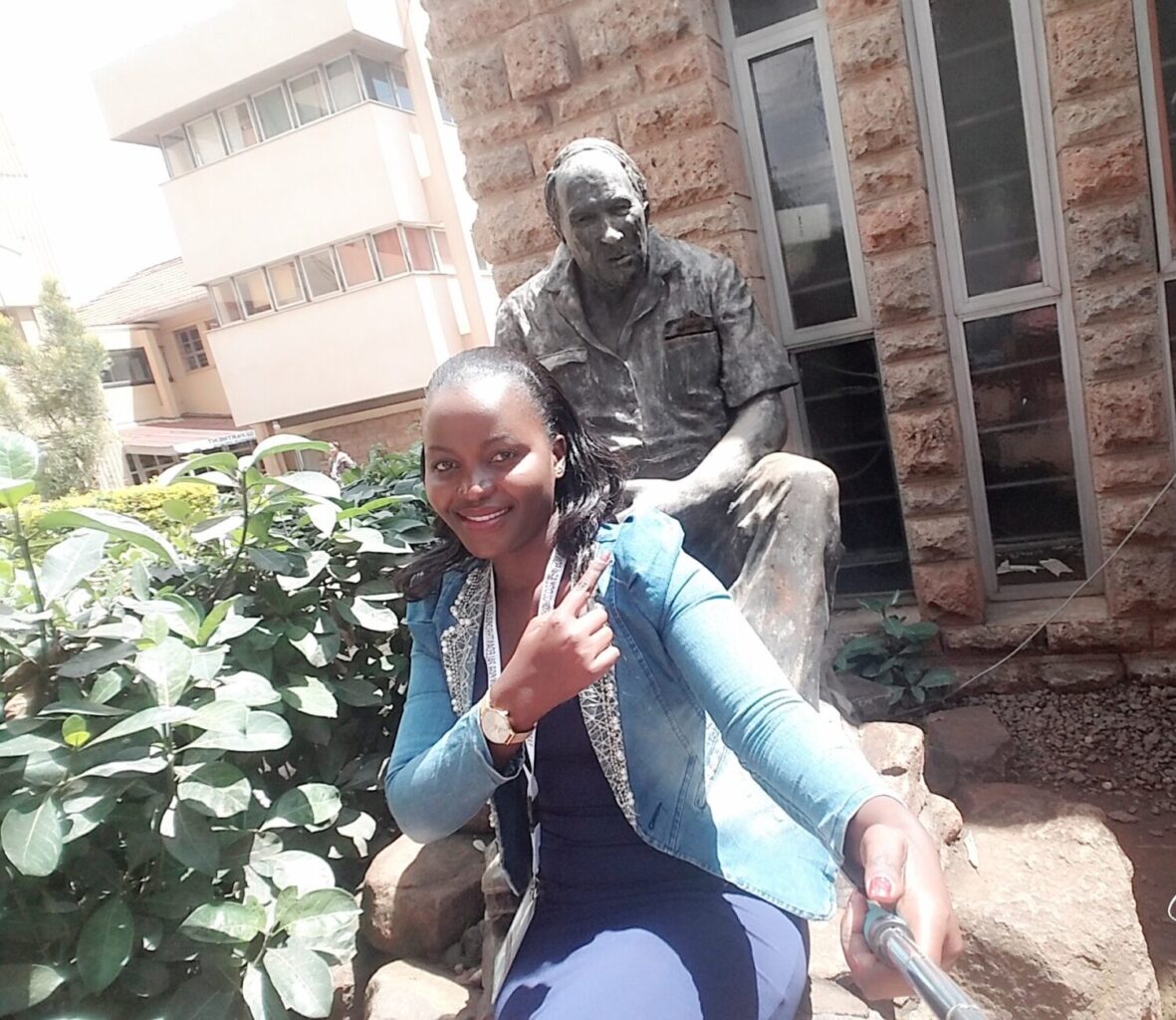
Penina Emanuel Kadalida – Tanzania
Ms. Kadalida is pursuing a PhD to become a broadly trained paleoanthropologist. She wants to learn to analyze/interpret biological evidence, such as skeletal and faunal remains, and cultural evidence, such as stone tools and other artifacts, with the goal of understanding the evolution and development of hominins. Specifically, her research will concentrate on finding evidence for Acheulian biface variability and distribution as an indicator of hominid mobility in Northern Tanzania, especially at a newly discovered site on the Mbulu Plateau. She is currently an assistant lecturer at the University of Dar es Salaam, teaching archaeology. Upon completing her doctoral studies, her goal is to become a senior researcher in paleoanthropology and to expand research capabilities in Tanzania by establishing a paleoanthropological lab there.
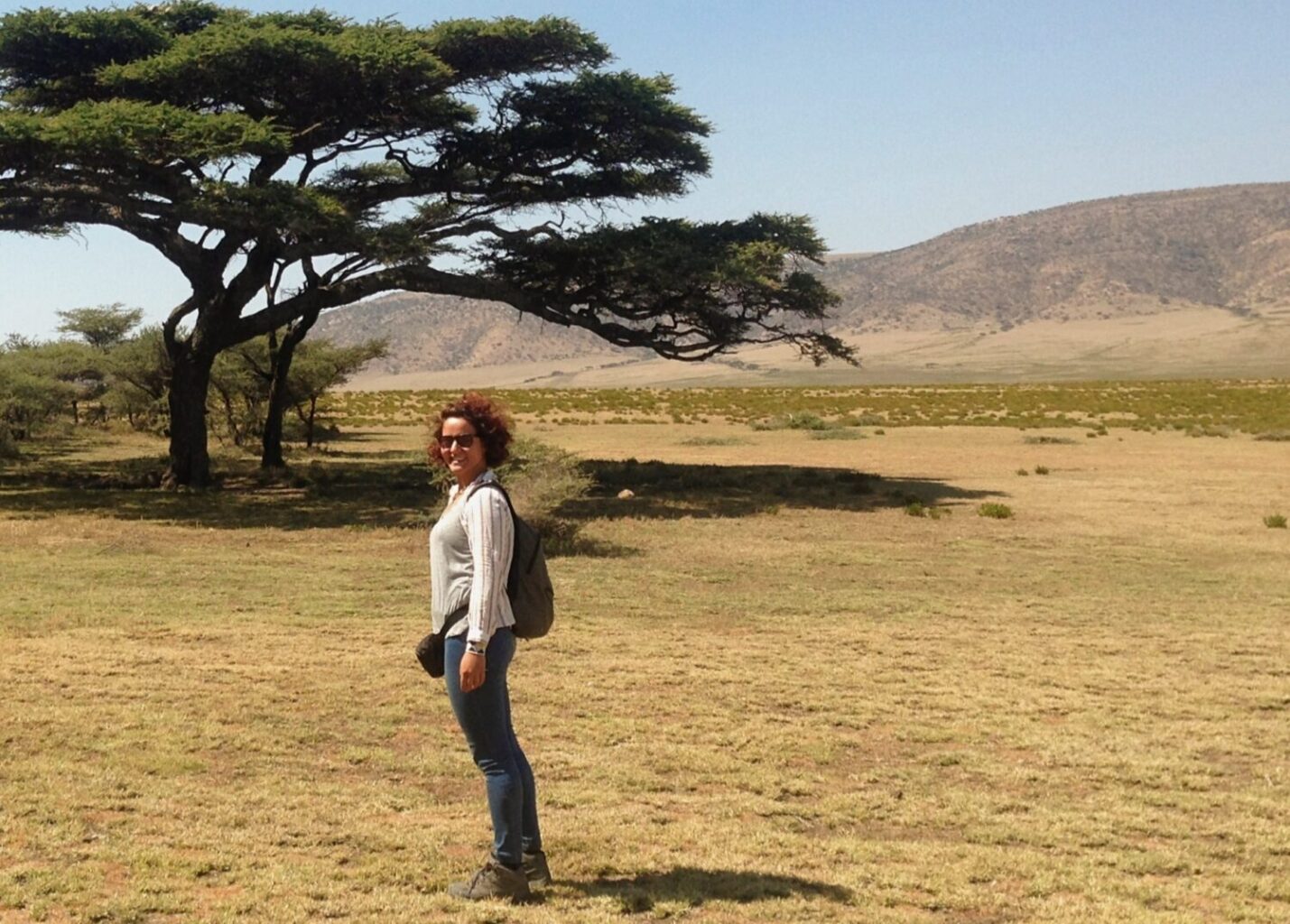
Alaz Deniz Peker – Turkey
Miss Peker has an MS degree in bioarchaeology from Istanbul University. During her Master’s studies, she participated in the Olduvai Paleoanthropology and Paleoecology Project (TOPPP) field school where she had the opportunity to learn survey and excavation techniques, stone tool identification, paleobotany, paleoenvironmental research, zooarchaeology, geology, geochemistry. She became particularly interested in taphonomy and zooarchaeology. Her doctoral research at Olduvai will focus on taphonomic investigation of the faunal remains from the 1.35 million-year-old BK site in Bed II. She intends to model the formation and paleoecology at this site with an actualistic study of modern bone accumulations on the Serengeti. After completing her doctorate, she plans to return to Istanbul University to teach where, despite the need and demand for qualified research and researchers, zooarchaeology is not a course that is available to students. Her ultimate goal is to establish a Paleolithic research center in Istanbul.
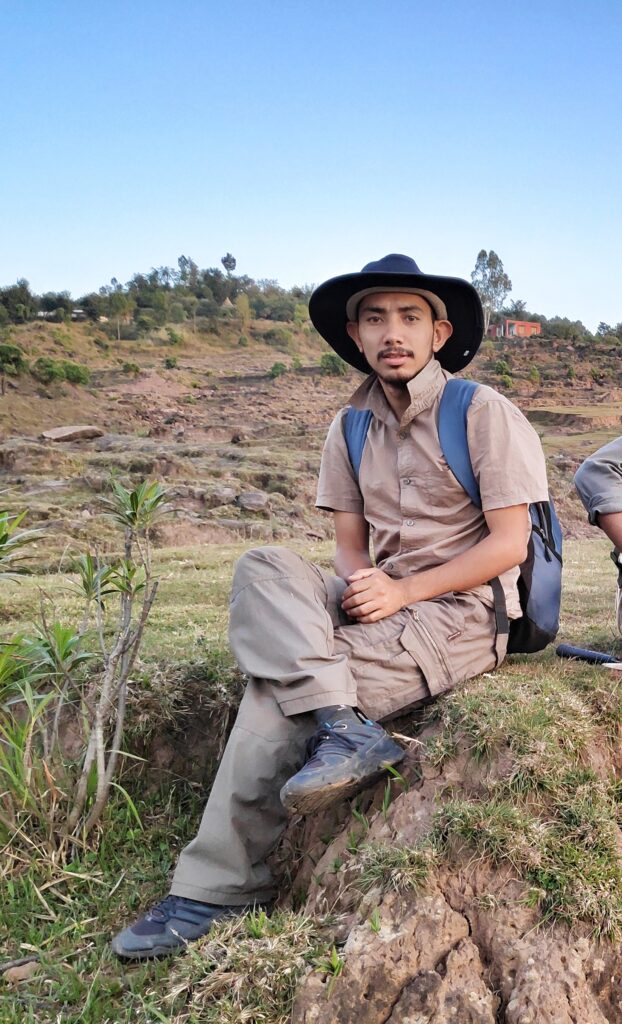
Wasim Abass Wazir – India
Mr. Wazir is pursuing a doctorate in order to increase his knowledge of paleoanthropology and mammalian systematics. His focus is on Oligo-Miocene catarrhine evolution, including the initial dispersal and radiation of hominoid apes that appear in the later Middle-Late Miocene of Asia. He intends to conduct his fieldwork in sites of the Ladakh/Kargil Himalayas. He has already conducted pilot research in some of these deposits, during which he collected fossil and rock samples for stratigraphic and paleontological studies for his doctoral thesis. His broader career goal is to have a university level academic position in India in order to promote and train students in primate evolution and paleontology.
Returning Baldwin Fellows
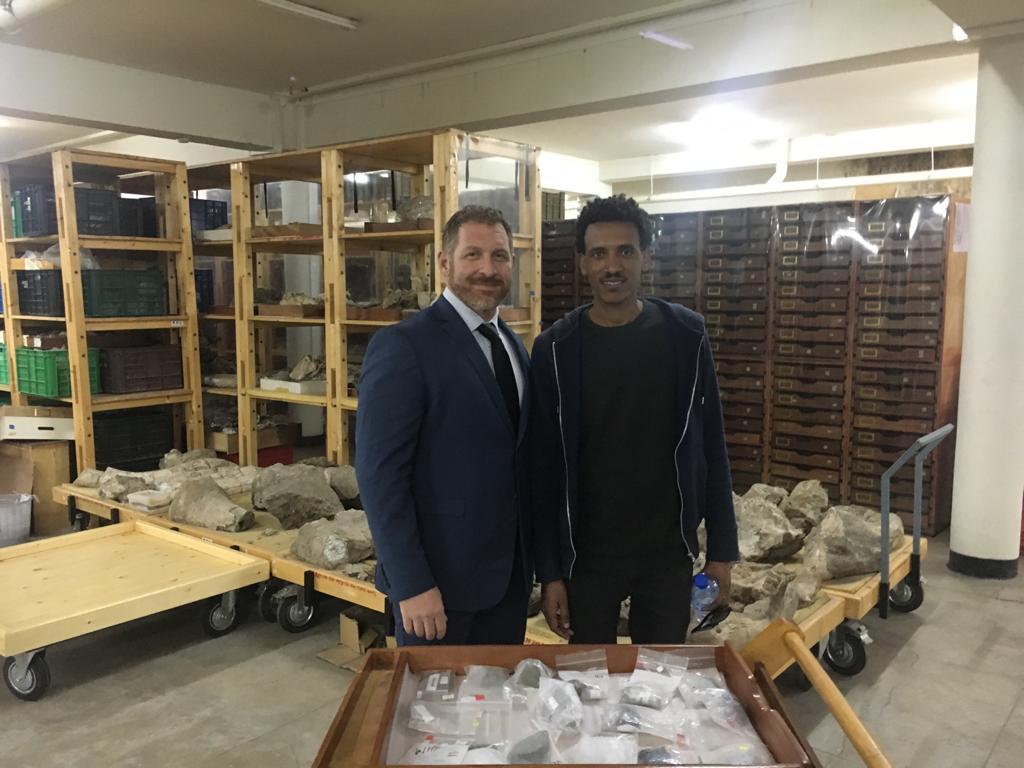
Niguss Baraki – Ethiopia
Mr. Baraki is a PhD candidate in the paleoanthropology program at George Washington University. His advisor is David Braun. He is studying the record of stone artifacts and hominin fossils to elucidate how our ancestors made and used stone artifacts. His particular interests include examining the relationship between human behavior, anatomical development (explicitly human hand morphology), and the influence of cultural innovation over time on the evolution of human adaptive changes. He is currently a lecturer in the Department of Archaeology and Heritage Management at Addis. Upon completion of his PhD, he intends to return there to train students to participate in research both in the field and in the laboratory. David Braun states: “I have no doubt that Mr. Baraki will be a major figure in the study of human evolution within the coming years.”
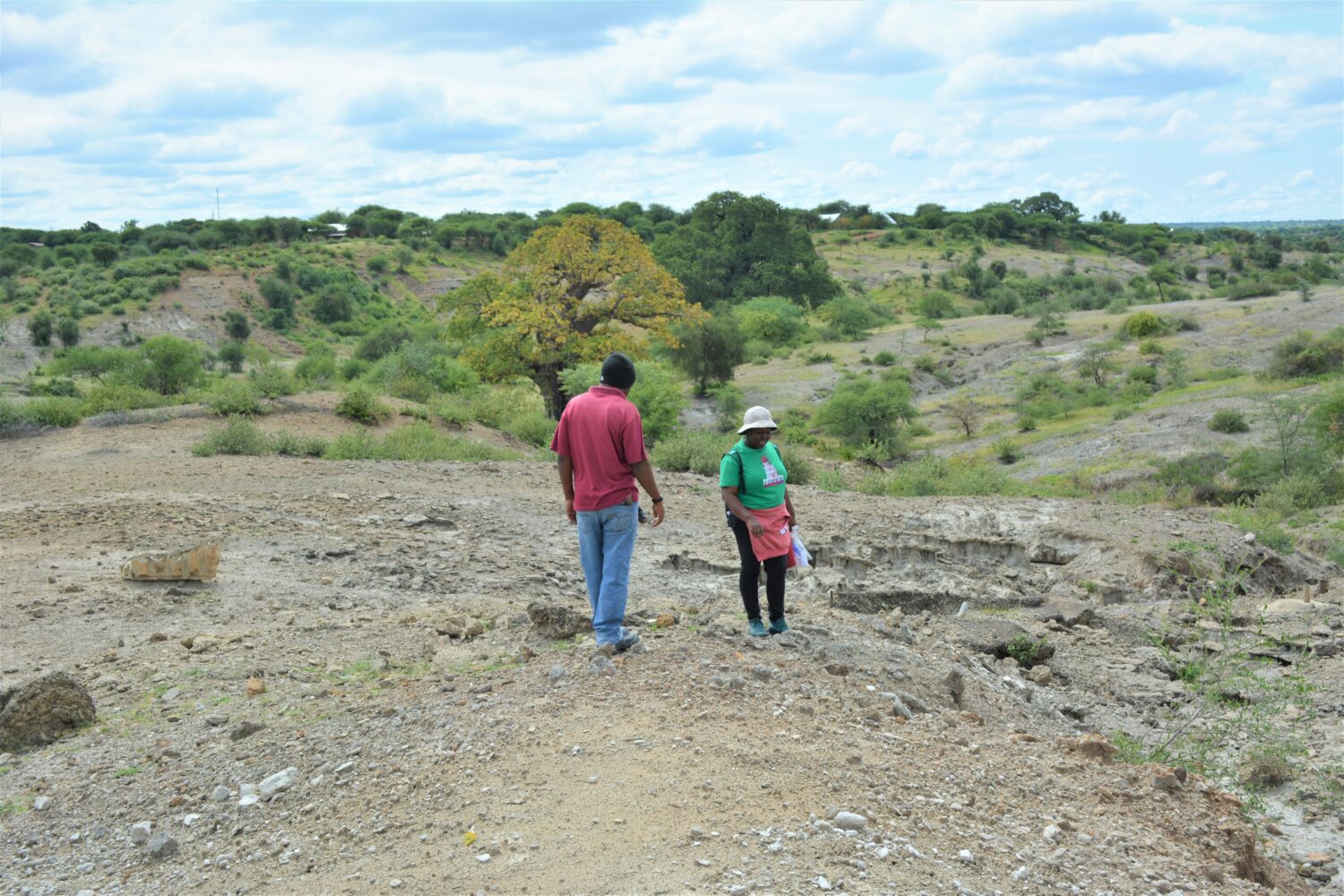
Mariam Bundala – Tanzania
Ms. Bundala is a PhD candidate at University of Calgary. She is studying landscape use and how environmental change has impacted human evolution. By identifying phytoliths from paleosols, it is possible to infer the long-term aspects of local ecology including: the vegetation structure, spatial heterogeneity, and habitat shifts of hominin paleoenvironments. For her PhD project, she is analyzing phytoliths from the Manyara Beds in Tanzania which are among the most important Middle Pleistocene sequences in East Africa. Her research could significantly contribute to our knowledge on the appearance of archaic Homo sapiens and the disappearance of the Acheulean Industry in Africa.
She is currently an assistant lecturer in the Department of Archaeology and Heritage Studies at the University of Dar es Salaam, Tanzania. After earning her doctorate, she intends to return there as lecturer and a senior researcher where she would be the only woman on the academic staff.
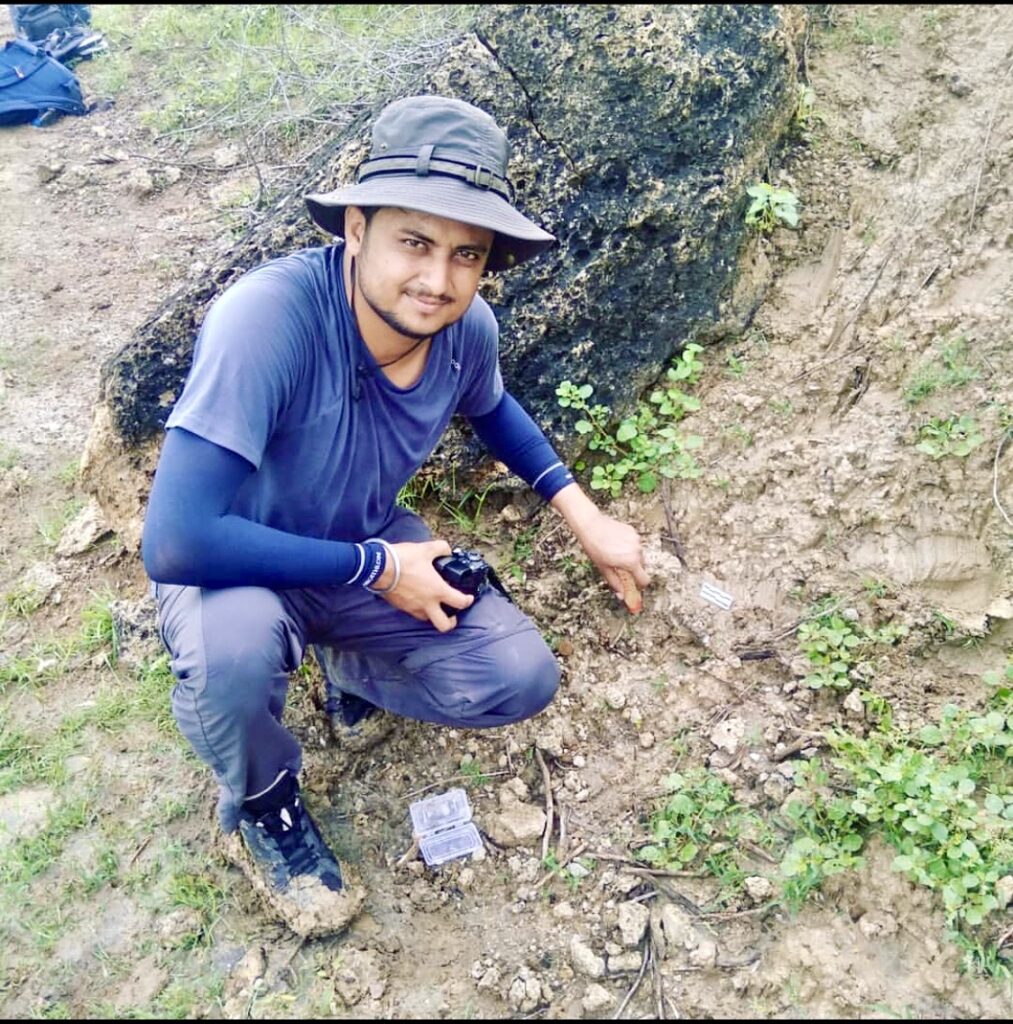
Deepak Choudhary – India
Mr. Choudhary has a master’s degree in earth and geological sciences from the University of Punjab and is now pursuing his PhD at CUNY. The focus of his studies is primate paleontology and evolution. He will conduct research in the Siwalik collections at the American Museum of Natural History where he hopes to expand his ability to identify Miocene mammalian fauna. After obtaining his PhD, he plans to continue in academia in India.

Husna Mashaka – Tanzania
Ms. Mashaka is pursuing a master’s degree at the University of Nairobi. Her area of interest is phytolith analysis. While a student at the Koobi Fora Field School, she examined how accurately phytoliths can document the changes in vegetation cover in East Turkana during the Holocene. For her master’s thesis, she plans to reconstruct the paleoevironment of the Kisese II landscapes at Kondoa, Tanzania, by using proxy data from phytoliths. Her ultimate goal is to earn her PhD. She intends to return to Tanzania to pursue a career in archaeological research and cultural heritage management.
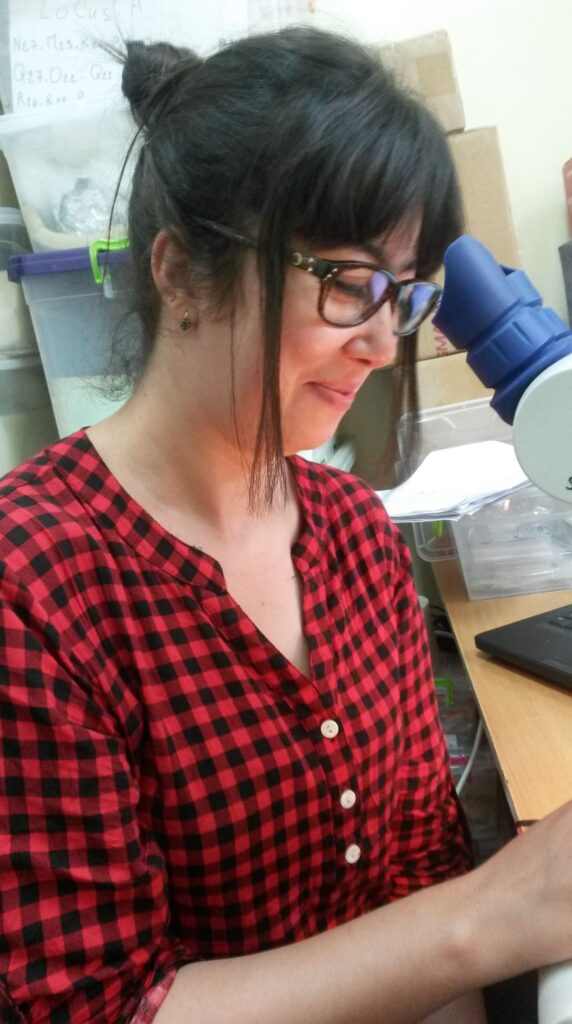
Nadia Saidani – Algeria
Ms. Saidani has two master’s degrees, one from the University of Algiers (Algeria) in archaeology with a specialization in Prehistoric studies and a master’s degree in quaternary geology and prehistory from the University Rovira I Virgili (Spain). She is currently a PhD candidate at the University Rovira studying micropaleontology and supervised by Professor J. Agusti Ballester. She has fieldwork experience in Algeria, participating in excavations at the Oldowan sites of Ain Boucherit and Ain Hanech, and the Acheulean site of Tighennif under the supervision of Professor Mohamed Sahnouni. She intends to gain scientific expertise in microvertebrate paleontology and to fill a gap in microfaunal studies in Algeria.
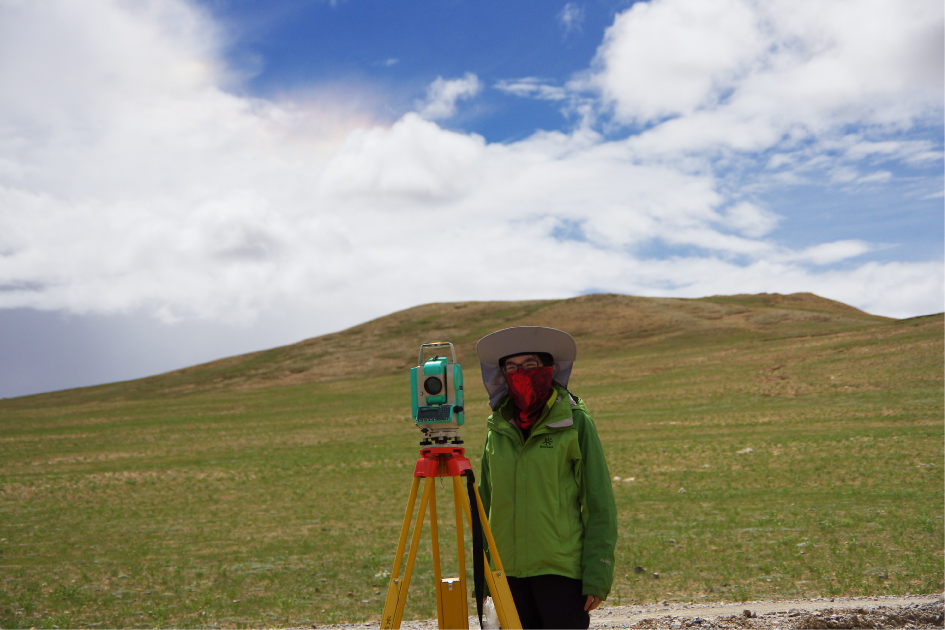
Peiqi Zhang – China
Ms. Zhang is a second-year PhD student in paleoanthropology in the Department of Anthropology (advisor Dr. Nicolas Zwyns) at University of California. Her home institute is the Institute of Vertebrate Paleontology and Paleoanthropology (IVPP) at the Chinese Academy of Sciences, where she obtained a master’s degree of paleontology and stratigraphy. She is particularly interested in the issue of modern human dispersal between North Asia and North China, and the early human settlements on the Tibetan Plateau. She hopes to address long-standing scientific questions regarding modern humans in north China and the subsequent adaptation to high-altitude environments. As much research is written only in Chinese, she recognizes that language barriers constitute a serious obstacle to the circulation of data and ideas. She would like to contribute to increased collaborations between Chinese-and English-speaking researchers.
